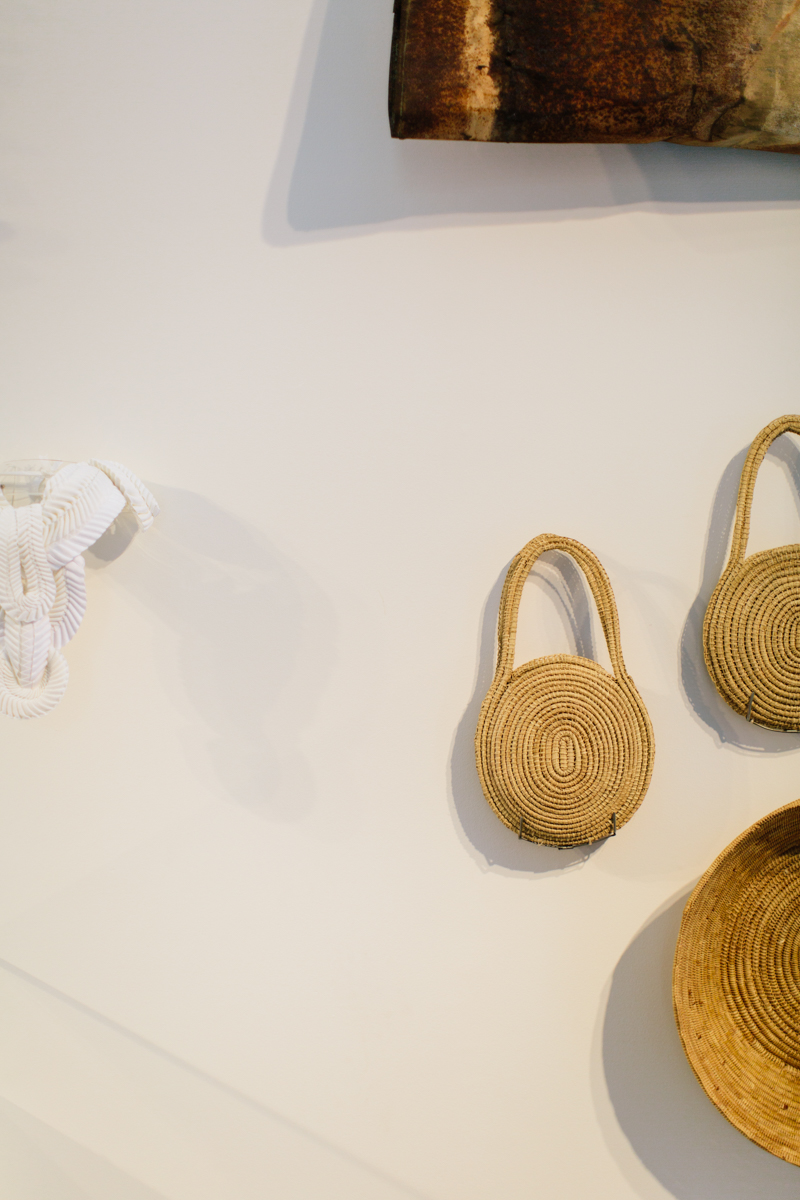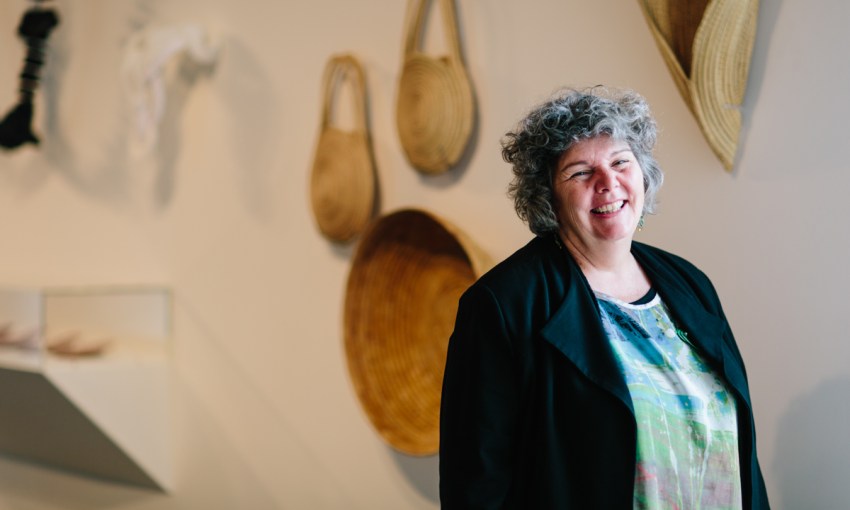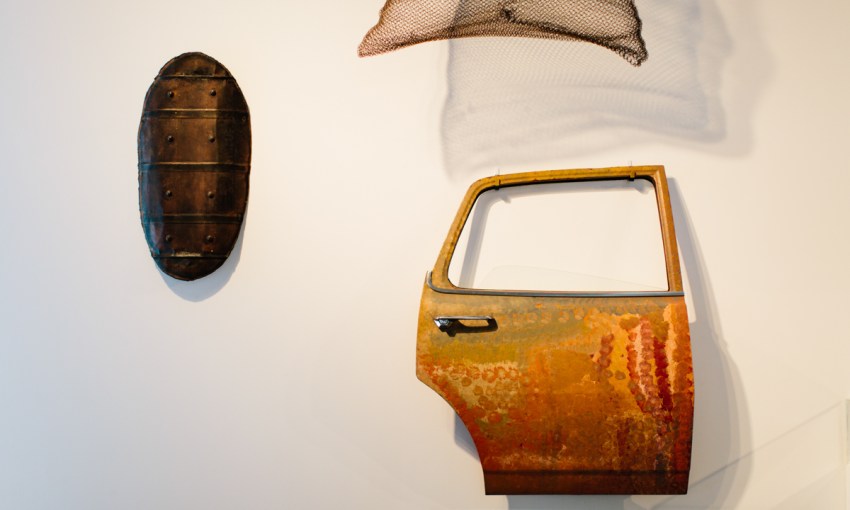For Art Gallery of South Australia curator Nici Cumpston, working with visual artists is more about using her ears than her eyes.
How to be a curator: Nici Cumpston
Nici Cumpston came to her job via a path that is highly unlikely to be followed by anyone seeking to also enter the world of curating.
First, she was a nurse – working at Loxton Hospital in between training stints in the city. She nursed her way through art school too, occasionally taking the odd job in tourism when she couldn’t get a gig tending patients.
After art school, she worked with SAPOL – developing the films of photos taken at crime scenes, accidents and in forensic investigations. It was six years of “really disturbing” work, says Nici, but she did get “really good at processing”, which was useful for her art practice as a photographer.
Next – in 1996, she became a lecturer – first at the Tauondi Aboriginal Community College and then at UniSA, where she authored the inaugural Indigenous Art, Culture and Design course.
The whole time, she also kept on as an artist – working mostly in photography but occasionally trialling techniques and ideas using materials such as string, glass, ceramics and textiles.
“For myself, [the art] it’s really about sharing an understanding and knowledge of Aboriginal occupation of the country we live in, so I’m constantly looking for signs of that occupation and I’m documenting that in my work,” says Nici.
Even with all that experience, Nici was hungry to keep learning when she first became a curator in 2008.

“Initially I came to the Gallery because I wanted to learn more about specific artists and have the chance to actually research and work with Aboriginal artists in more depth,” she says.
“And so, it was a traineeship that I applied for here and I thought it was an opportunity to take on that in-depth research…that was a bit of a dream though, things happen in a hurry.”
Although Nici’s initial motivation might have been more optimistic than realistic, she did find she had an aptitude for and deep interest in the job of curator.
Throughout her time at the Art Gallery she has progressed from being a trainee to being an assistant curator, then an associate curator, and – late last year – she was appointed as artistic director of the wildly successful Tarnanthi Festival of Contemporary Aboriginal and Torres Strait Islander Art. Now, her title is simply Curator.
An open-minded approach has been a constant as she’s learnt and grown into these different roles.
“It’s really about listening to what artists have as their ideas and being able to bring those ideas to reality and showcase them in the best possible light,” says Nici.
“And listening in other ways… You have to be open to even just laying the work out in the gallery, and then the work starts talking to each other… it’s about being open to those nuances that happen when you put something with something else and just letting that develop.”
But while absorbing and presenting the intent and meaning or art and artist is one side of being a curator, the other side is much more about Nici’s knowledge and contextualising each piece she chooses to share with the public.
For every show – whether she’s talking to a curious gallery security guard, a volunteer tour guide or writing the official wall text that accompanies each work – Nici is attempting to not just explain a single piece of art, but also explain how it fits into the world around it.
While Nici was told it was unconventional to be both a curator and practicing artist when she first came to the Art Gallery of SA, current gallery director Nick Mitzevich is excited by the unique insight Nici’s dual skills bring to her work at the institution.

Part of the Carrying Culture exhibtion curated by Nici
“The artist will say one thing but there’s also a whole lot of underlying information that they might not even have thought about that I might think about or that someone else will see differently,” says Nici.
“I guess we’re just trying to be that conduit and be that way through.”
The result of Nici’s efforts to truly represent an artist and truly reach an audience can be seen on the walls of the Art Gallery of South Australia daily, and with each exhibition she brings together she’s creating a bit more understanding in the world.






